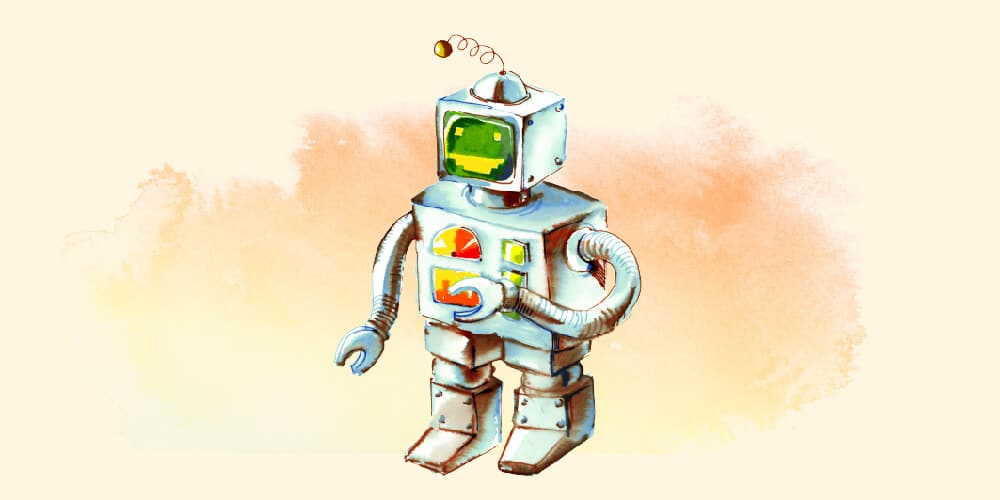I, like many others who work in the tech community, have become the go-to tech person for my family members and friends. Although I am a software developer, to them that means I am an expert in troubleshooting hardware issues, and fixing iPhone screens, I know the creators of MySpace, Facebook and Twitter personally and I know all there is to know about the latest advancements in technology.
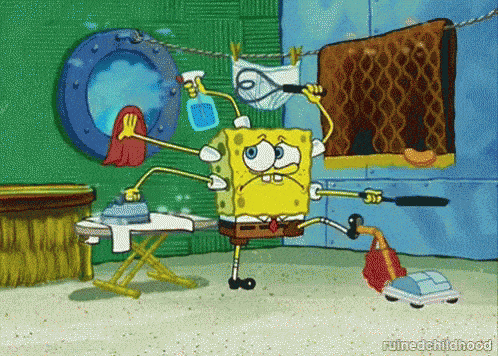
So when I got the call that someone needed to know what was going on with the “pretty pictures” people were posting on Facebook, I put on my best investigation hat to find out all about what they were and why so many people were interested in them. Lensa AI, a photo editing app, released a technology a few months ago called Magic Avatars. This technology takes 10-20 photos uploaded by the user and turns them into different artificially generated art styles. I tested a few and….It was interesting…
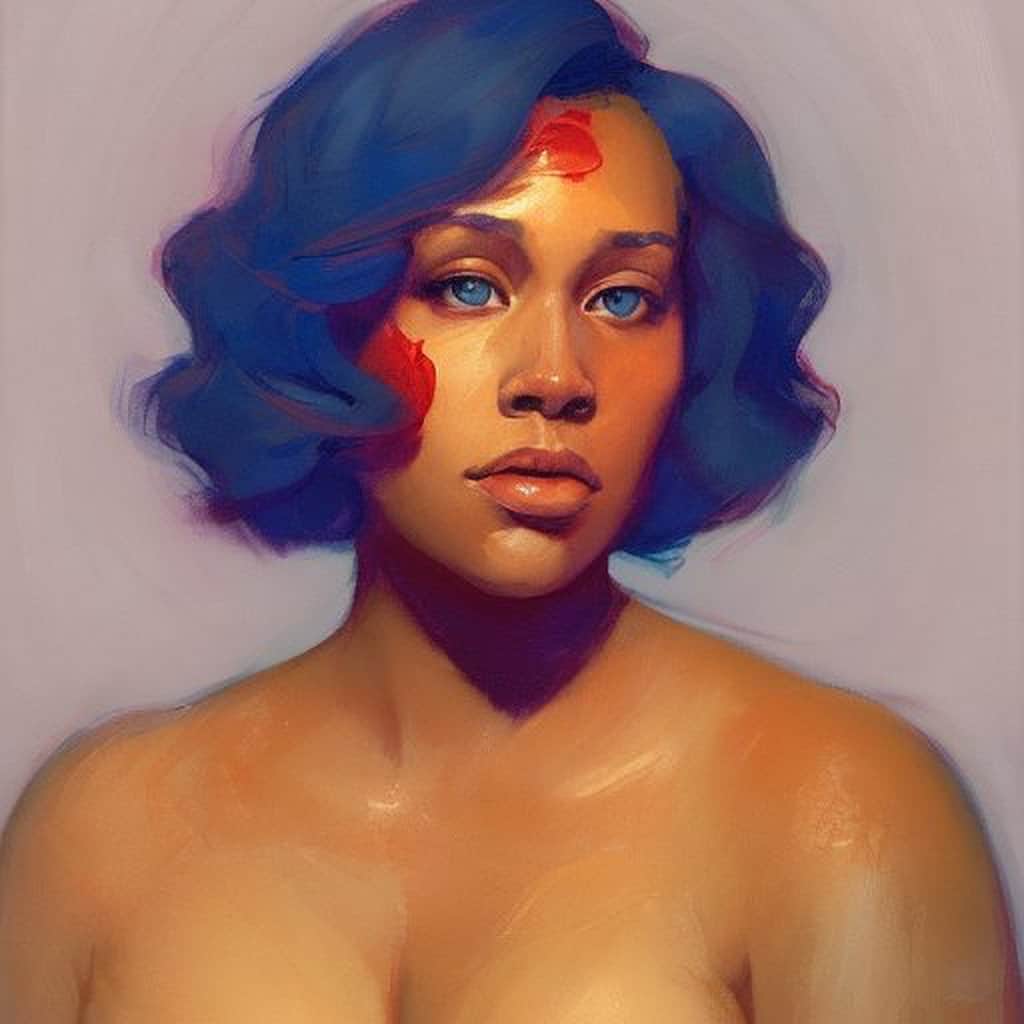
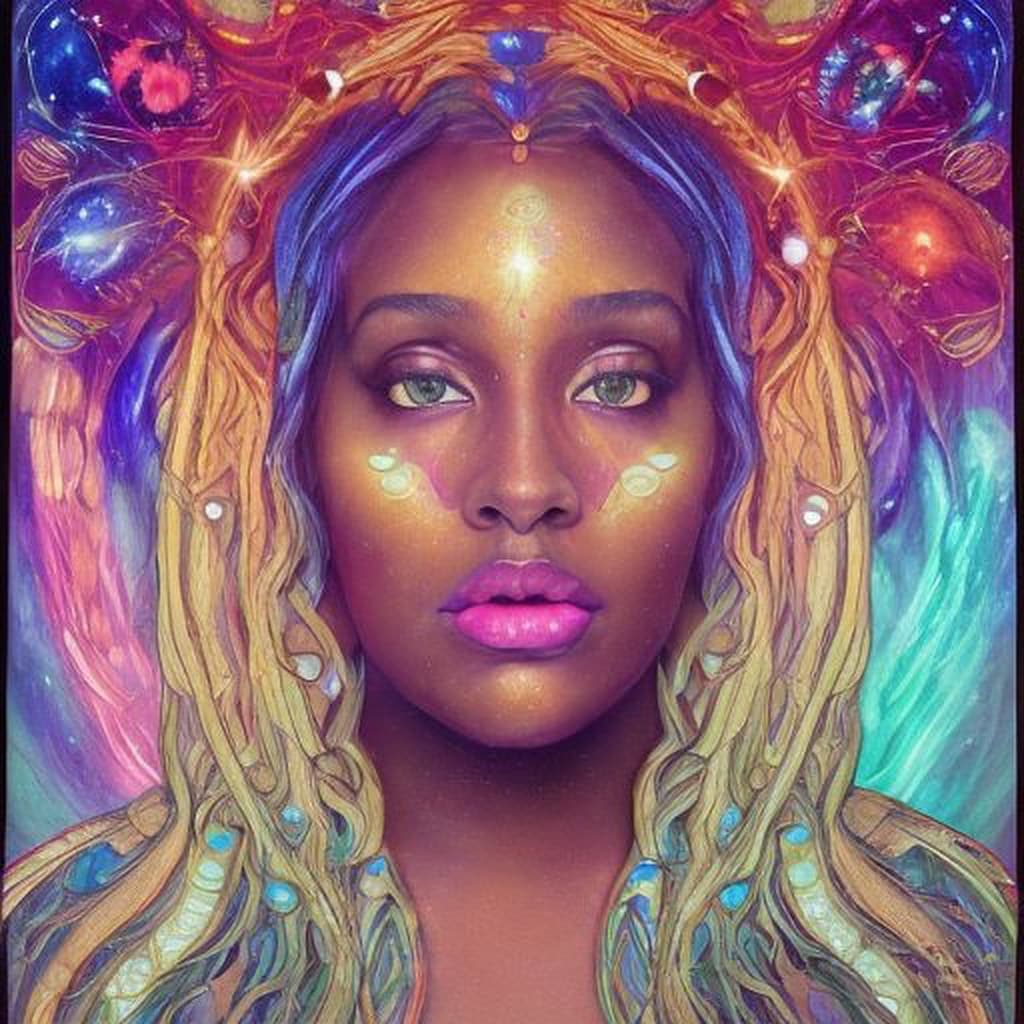
Why this fascinates me:
As someone who doesn’t have an artistic bone in their body (I mean I can barely color in the lines as an adult) the idea of being able to turn myself into a work of art is like a dream come true. Also, the artificial intelligence used to generate this “art” leads us to ponder where else can we take this? Can this be used to identify missing relatives more quickly? Recreate scenes and people from history? Turn those who may not have the talent or money into art quickly and affordably? The questions are as endless as the different combinations that the software shows.
Why this mostly scares me:
Ethics. It always comes down to Ethics.
After trying out the software, I soon learned that Magic Avatars were anything but universally beloved. And for very good reason. The biggest being some artists have accused the AI art producer of stealing their work. Lensa creates its art by using Stable Diffusion which is a text to image app that learns patterns through an online database of images. (LAION-5B). LAION-5B gets its images from all over the internet and some artists have seen their art in its database without their permission. Kim Leutwyler an Australian based artist saw what she described as some of her art styles in the many recreated art photos circling online. When she investigated the LAION-5B database, she discovered almost all of her artwork posted online was in there.
Other artists have chimed in with evidence of their artwork being in the database without their consent or knowledge as well.
What is the big deal? Some of you may be wondering. Art is put up for consumption and some of the greatest artists have been inspired by the work of others. Isn’t what Lensa AI is doing a way for artists to get their art and style out there? Won’t it inspire a whole generation to create and spread their art as well? Noble thoughts but do you know what the big deal truly is?
Consent. Theft. Acknowledgment. Compensation.
The Starving Artist
American culture often perpetuates harmful stereotypes about artists and their ability to be fairly compensated for their work. These jokes not only insult artists, but they also contribute to a societal attitude that it is acceptable to take from them. Therefore, this database of artwork exists. It is easy to take from those whom we have already dehumanized, just look at you know, history. What these stereotypes and jokes fail to realize is there is no fair and just world without art and without ethics. The AI didn’t just create art itself after being told what it is, it stole it. It took from what was already there and threw away the creators. It also inserted its biases into the creation I got to see that firsthand.
AI Bias
Lensa has many different art styles that it turns your pictures into. When it came to fairy tale style art…It turned me into a white woman? I do not just mean it turned my skin white…it changed my complete face, features, hair, skin, my everything. Why would an AI who made me black, blue, and red in all other art styles turn me into a white woman when it came to fairy princesses?
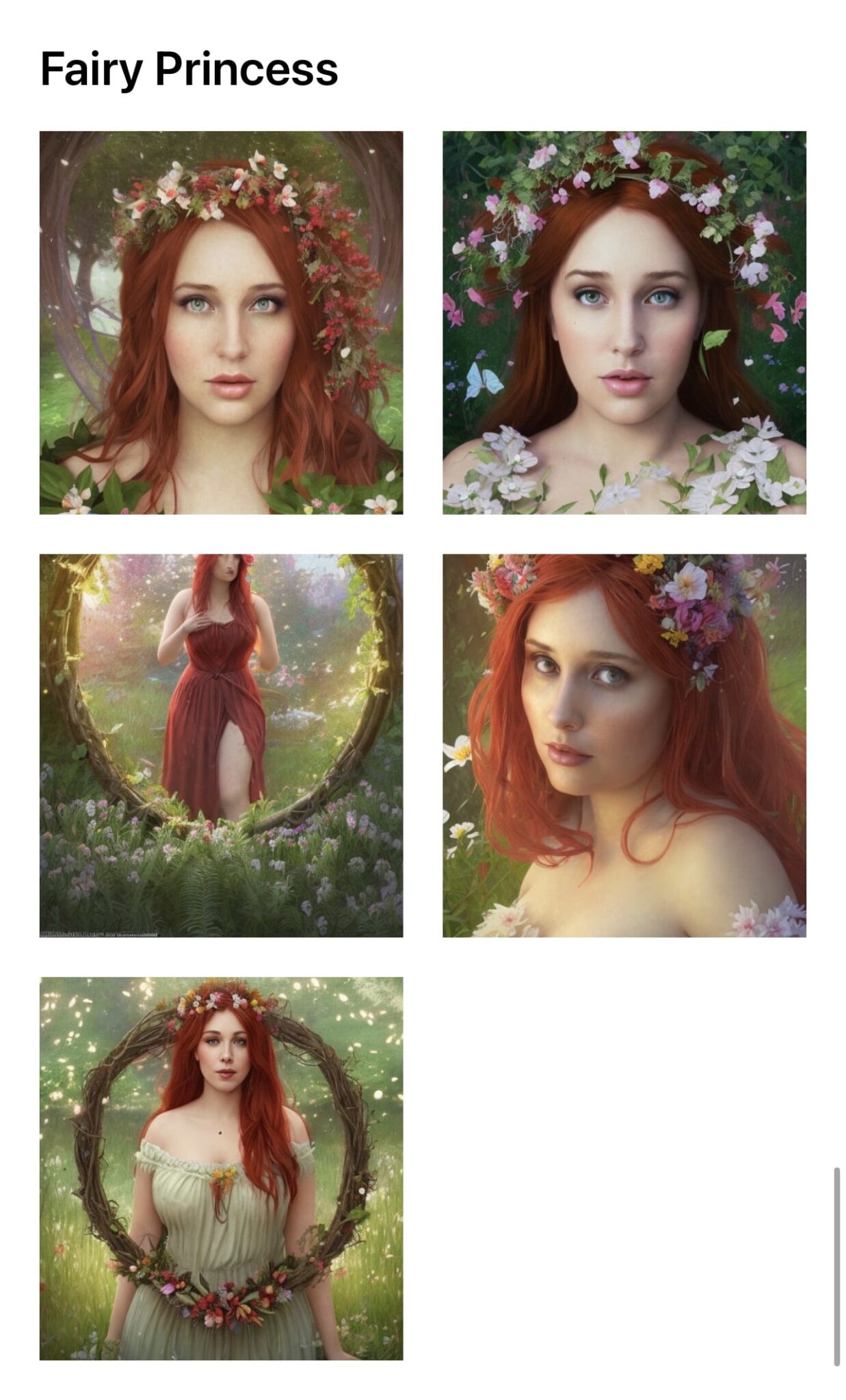
After laughing for quite a while at this, I went to do some research on what I already knew to be true in my mind. AI still has a huge bias problem. This app wasn’t immune to those effects. Fairies may be represented in world media mostly by people of European descent but turning a person into a completely different person, race, facial features, everything…defeats the purpose of making art based on them right? What if a white guy told the AI art to make him an NBA player and it…turned his skin black because a large number of the league is of African descent…. Could you IMAGINE the fallout from that?! There are many more biases such as the photos oversexualizing women (as you can see above, most of mine came back topless despite me being fully clothed). The AI is not just stealing art, it’s stealing some of the worst parts about humanity as well.
What is the future of AI art?
The future of AI art is the same as the rest of AI. A future of struggle and doing what’s right. Despite my criticisms, I want AI to continue to grow. I want it to flourish. As disturbed as I am by the current state of AI art, I am at the end of the day an optimist. I think the problem of stealing from artists, can be solved a little easiest. Artists who are having their work stolen and sold (because the Lensa app does charge a fee for these photos) should be compensated and credited for their work. Cut and dry. If without their work there would be none of your work, you need to go in your wallet and pay them. Aside from it being the right thing to do, imagine how big we could make little known artists by acknowledging their contributions to the world of artificial intelligence.
In terms of AI biases…this one is a little trickier. The good is that we have some companies such as OpenAI not only know that they have a bias problem, but they acknowledge it. ChatGPT, another popular kid in artificial intelligence right now has a disclaimer on its landing page. “May occasionally produce harmful instructions or biased content.” DALL-E 2, has a whole readme on GitHub dedicated to the biases they have found and exposed themselves. This may not seem like a big deal to many but as someone who constantly must show people their bias, against my will at times, getting someone to admit this flaw is about 80% of the battle.
There is no easy way to undo hundreds of years of bias that continues to shape humanity to this very day. However, I do believe the start of that is acknowledging that there is an issue, embracing Open Source, and inviting as many people to the table as possible to fix it.

